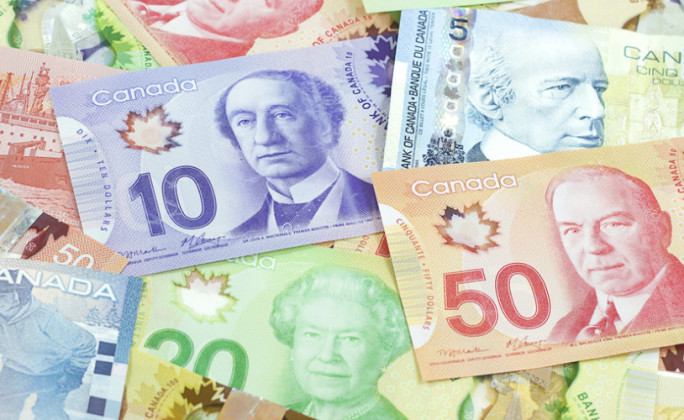It’s not the nicest way to start the week, but scientists at the University of Hong Kong have found antibiotic-resistant bacteria flourishing on some banknotes.
Associate professor Gianni Panagiotou, who led the study, sourced a number of Hong Kong’s $20 banknotes from shops located at 12 hospitals and three transit stations across the nation. He and his team then scraped bacteria from the notes and analyzed the DNA, which researchers said could have the potential to spread antibiotic resistance.
Panagiotou told the South China Morning Post there was a “relatively high risk” of an outbreak of infectious disease in the city this June.
“We targeted hospitals because that’s where you find concentrations of people with a higher than average quantity of pathogens in their personal microbial ecologies,” Panagiotou, who’s also head of systems biology at the Hans Knoell Institute in Germany, told the Post. “We thought any microbial trends would be amplified in the hospital environment, as well as at busy MTR stations.”
110 SPECIES OF BACTERIA
Researchers found 110 species of potentially hazardous bacteria on Hong Kong’s banknotes. According to the Post story, among the most dangerous bacteria were E. coli, Clostridium difficile and Vibrio cholerae while the most common bacteria was Propionibacterium acnes.
Panagiotou said because because banknotes circulate so widely and quickly, they exchange microbes until they all share a similar profile.
“With its high population density, extensive use of public transport and the hot, humid climate, the risk of an outbreak of infectious disease in Hong Kong is relatively high. Banknotes could help provide a fingerprint of the city’s microbiome,” he said, adding his team is planning an extensive follow-up study to investigate how to monitor a city’s microbiome with money.
Panagiotou said researchers may also compare the bacterial profile of Hong Kong’s $20 notes to other denominations.
2013 CANADIAN STUDY
A 2013 Canadian study, “Comparison of Aerobic and E. Coli Colony-Forming Units Isolated From Circulating Paper and Plastic $20 Canadian Banknotes,” submitted by Ryan Olivier to the British Columbia Institute of Technology Environmental Health, found there “was not a statistically significant difference of contamination rates between plastic and paper bills.”
The study’s main conclusions were:
- contamination rates for plastic bills are statistically similar to those of paper bills;
- on average (mean and median data), plastic bills had fewer aerobic bacteria and E. coli coliforms than paper bills;
- Canadian bills have a similar contamination rate as U.S. bills (this study showed a 6.6 per cent rate of heavily contaminated Canadian bills, compared to seven per cent in the U.S.; and
- contamination rates varied greatly (while the majority of bills had relatively low contamination rates, a select few had extremely high rates).

